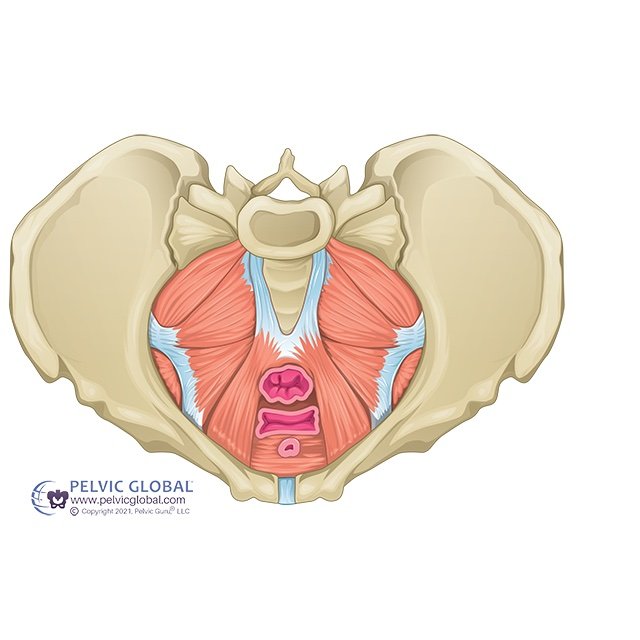Demystifying the Pelvic Floor: Anatomy, Functions, and Health
Today, we're going to delve into the fascinating world of the pelvic floor. Often overlooked and misunderstood, the pelvic floor is an essential part of our body that plays a vital role in our overall health and well-being.
Pelvic Floor Anatomy
The pelvic floor refers to a complex network of muscles, ligaments, and connecting tissues that come together to create a remarkable structure resembling a strong yet delicate hammock situated at the base of the pelvis. Its vital role lies in providing essential support and stability to the pelvic organs, effectively cradling and safeguarding them from the pressures and forces they encounter throughout daily life. Within this intricate web of muscles and tissues, the bladder, uterus (in women), and rectum find a secure resting place, benefiting from the pelvic floor's resilience and structural integrity.
Functions of the Pelvic Floor
Support and Stability:
The pelvic floor acts as a sturdy foundation and its primary function is to support the pelvic organs, preventing them from descending or prolapsing. It helps maintain optimal organ placement and stability, particularly during activities like walking, running, and jumping.
Urinary and Bowel Control:
The pelvic floor muscles play a crucial role in maintaining continence by regulating the opening and closing of the urethra and anus. They work in coordination with the bladder and rectum, allowing us to control the release of waste.
Sexual Function:
The pelvic floor muscles are closely associated with sexual health and function. They contribute to sexual sensation and arousal, aid in increasing blood flow to the clitoris, and play a role in orgasm.
Core Strength and Posture:
The pelvic floor muscles are an integral part of the core musculature. A strong and well-functioning pelvic floor coordinates with the core and diaphragm to help regulate abdominal pressure and support the spine
Common Pelvic Floor Disorders
Pelvic Floor Dysfunction:
This condition refers to an imbalance in the pelvic floor muscles, leading to symptoms like urinary or fecal incontinence, pelvic pain, or difficulty emptying the bladder or bowel.
Pelvic Organ Prolapse:
When the pelvic organs descend from their normal position, causing a bulge or pressure in the vaginal or rectal area, it's known as pelvic organ prolapse.
Pelvic Pain Syndromes:
Chronic pelvic pain can result from various causes, including muscle tension, inflammation, or nerve-related issues within the pelvic floor.
The Role of Pelvic Floor Physical Therapy
Pelvic floor physical therapy is a specialized branch of therapy that focuses on assessing and treating disorders related to the pelvic floor. Pelvic floor physical therapists employ a range of techniques, including manual therapy, exercise,and relaxation techniques, to help patients restore the health and function of their pelvic floor muscles.
Understanding the pelvic floor and its intricate functions is a crucial step toward maintaining optimal health. If you're experiencing any pelvic floor-related issues , consider consulting one of the pelvic floor physical therapists at MomLife Health & Wellness. With our expertise and specialized treatment approaches, we can guide you on the path to a healthy and active life.

